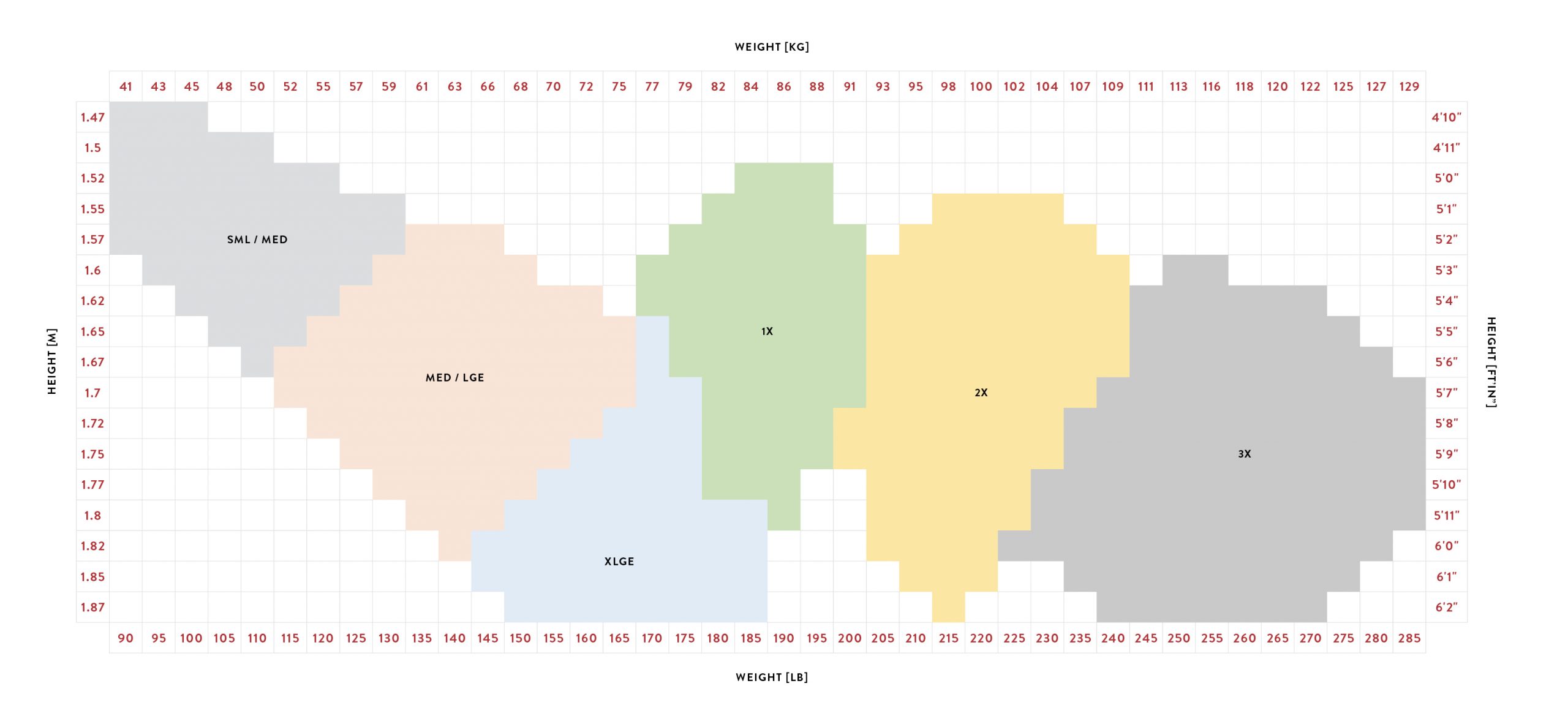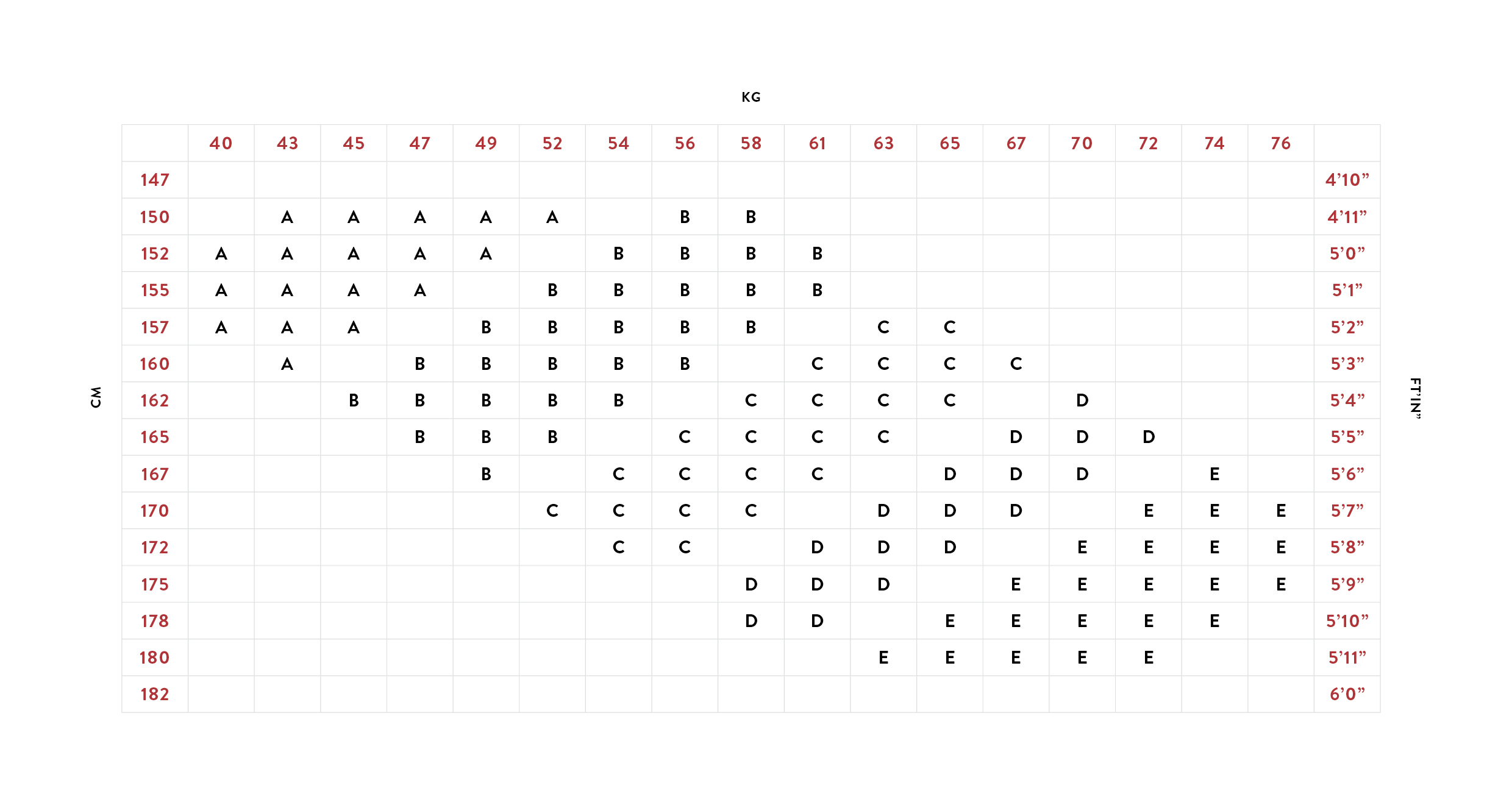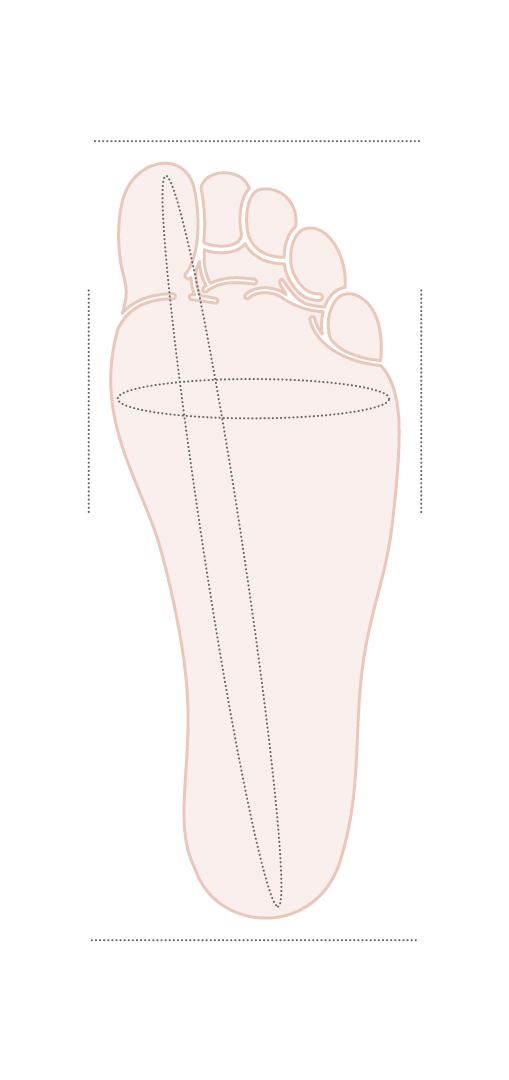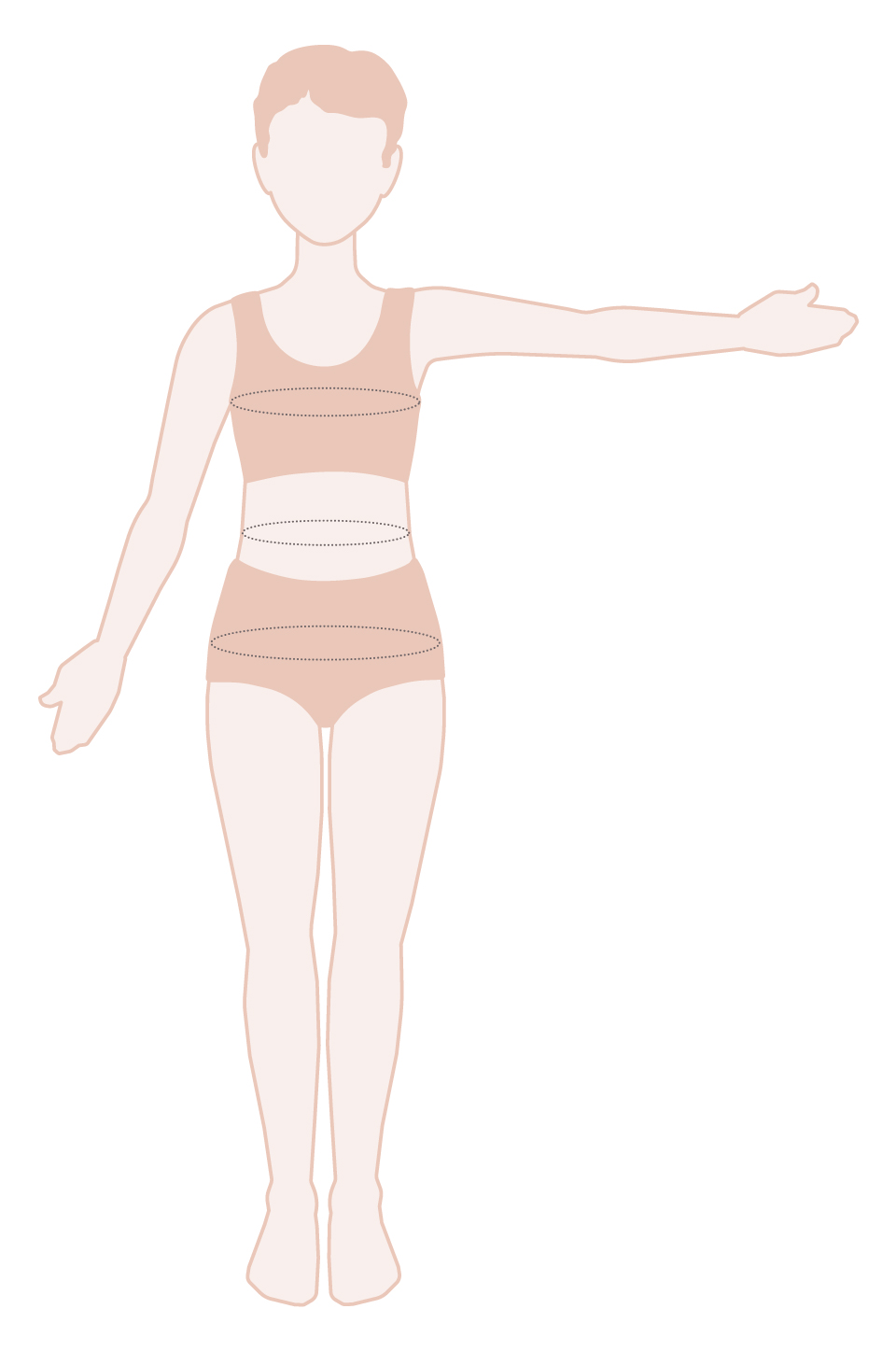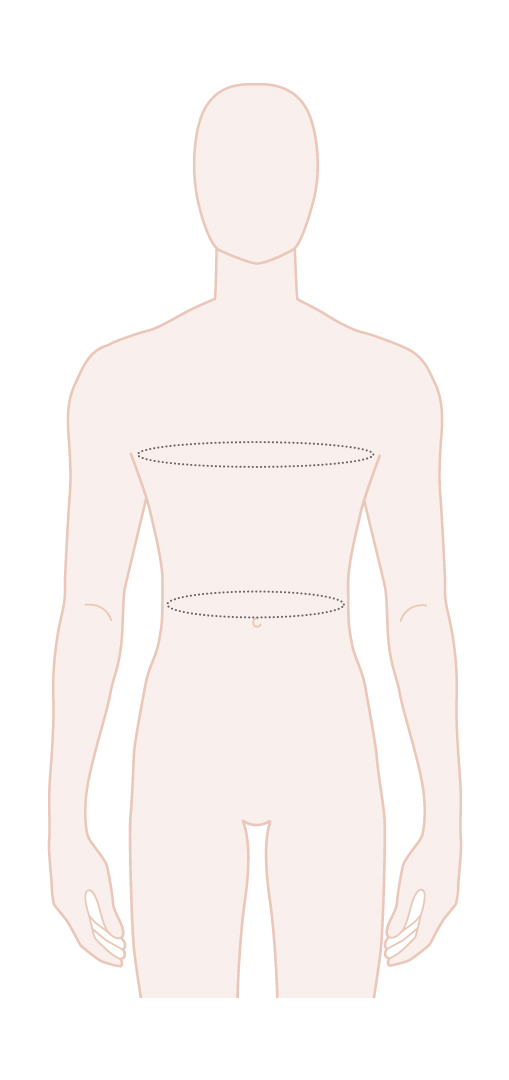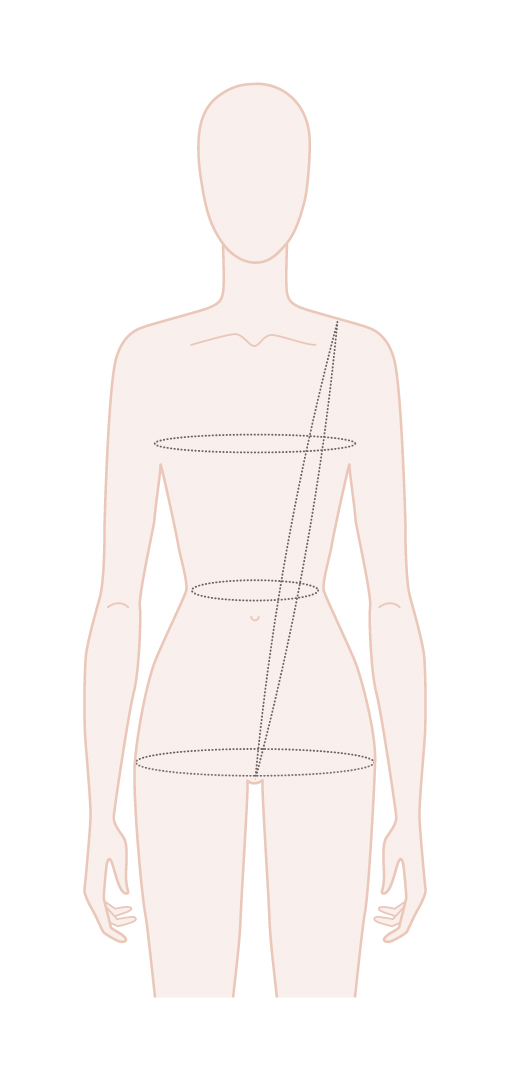History of the Pointe Shoe
The pointe shoe is synonymous with all styles of ballet and is an essential in any ballerina’s dance bag. As amateur and professional dancers go through dozens of pairs of pointe shoes per year, many of us take them for granted. However, you may be surprised to learn of the iconic footwear’s long, intriguing history.
The first formal ballet shoes were heeled slippers. These were uncomfortable and prohibited jumps and technical movements. Unsurprisingly, these shoes did not stick around for long. Following this, dancers opted for a non-heeled shoe, which is widely credited to Paris Opera Ballet dancer, Marie Camargo.
Strikingly similar to the demi-pointe rehearsal shoes worn by young dancers, the flat bottomed slippers gave dancers a greater freedom of movement, which enhanced their technical ability. Secured to the feet with ribbons around the ankle and pleated under the toes, these shoes enabled a full extension, allowing dancers to use the whole foot.
With the advent of Charles Didelot’s “flying machine” in 1795, dancers began rising up on their toes. The light, ethereal quality this effect created resonated so well with audiences, that choreographers incorporated pointe work into dances.
Following this, the next advancement in pointe shoes appeared in Italy in the late 18th century. It featured a modified toe area, designed to ensure toes did not bunch up (now known as toe box).
This sturdy construction was a ballerina’s secret weapon; enabling dancers to achieve feats not otherwise possible. These shoes included a box – made of layers of fabric – to comfortably house the toes, and a stiffer, stronger sole.
The birth of the modern pointe shoe is commonly attributed to the early 20th century Russian ballerina, Anna Pavlova. It is often said the modern pointe shoe’s design is a result of Pavlova’s high, arched insteps, which left her vulnerable to injury when dancing en pointe. She also had slender, tapered feet, which created excessive pressure on her big toes.
To compensate, Pavlova inserted toughened leather soles into her shoes for added support, along with flattening and hardening the toe area to form a box.
While the basic pointe shoe has remained mostly intact over the past 200 years, recent technological innovations have ensured dancers can protect their most valuable asset – their feet.
One of the most significant changes in the pointe shoe is a revolutionary shank designed by Gaynor Minden. This manufacturer was so confident in their flexible patent technology, the shoes came with a ‘lifetime guarantee’.
In the past year, Bloche has produced a beautiful pointe shoe, called the Eurostretch. Constructed with comfortable stretch satin and an innovative split sole, the Eurostretch is fast becoming the preferred choice for ballerinas worldwide.
Depending on a dancer’s experience and skill level, a pointe shoe can last between two to 12 hours of rigorous training. A professional ballerina, for instance, can expect to go through 100 and 120 pointe shoes per year.
This is why it’s essential to have your pointe shoes fitted professionally. They will make sure your shoe suits your individual foot shape and can withstand the rigours of dance training. For a professional pointe shoe fitting, contact the experienced team at Dance Desire today.

